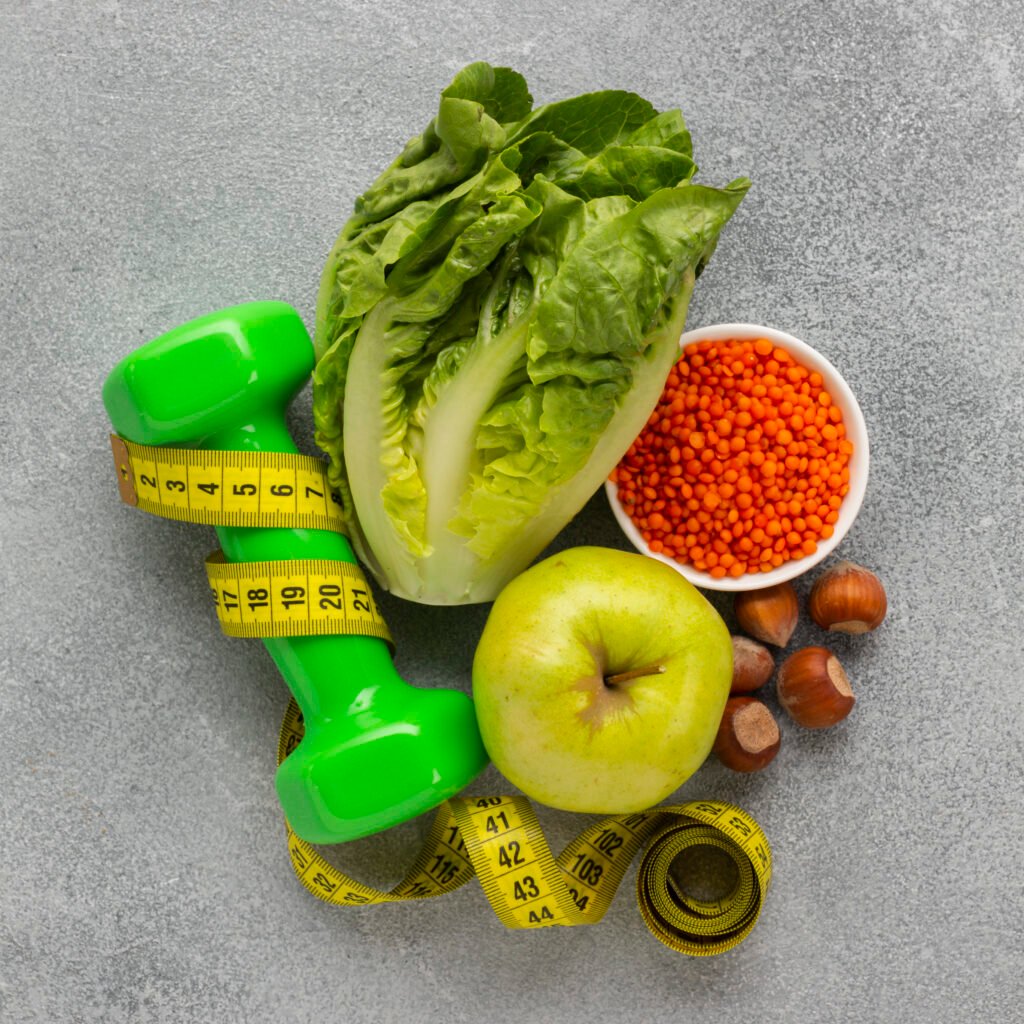Body Type Calculator

Body Type Calculator
The Body Type Calculator is designed for women to estimate their natural body shape, which can be helpful for choosing clothing styles that highlight their best features. While some studies have linked body shape with potential health concerns, the calculator’s shape results are not a medical diagnosis or an “ideal” standard to achieve. Instead, the waist-to-hip ratio (WHR)—also included in the results—serves as a more reliable measure of health.
How to Take Measurements
For the most accurate results, stand upright with your arms relaxed at your sides. Use a measuring tape that fits snugly against your body but not so tight that it compresses your shape.
- Bust – Measure around the fullest part of the chest while wearing a well-fitting bra.
- Waist – Measure at the narrowest part of the torso, just above the navel.
- High Hip – Measure around the upper part of the hips, about 7 inches (18 cm) below the waistline.
- Hips – Measure around the widest part of the hips and buttocks.
Common Female Body Shapes in Fashion
The fashion industry typically groups women’s body shapes into four broad categories:
- Apple (Inverted Triangle) – Broader shoulders and bust compared to narrower hips.
- Rectangle (Straight/Banana) – Bust, waist, and hips have fairly similar measurements, with less than 9 inches difference between waist and bust/hips.
- Pear (Triangle/Spoon) – Hips are noticeably wider than the bust.
- Hourglass (X Shape) – Bust and hips are nearly the same size, with a well-defined, smaller waist.
A study conducted in 2005 by North Carolina State University involving over 6,000 women found that:
- 46% had a rectangle (banana) shape
- Just over 20% had a pear shape
- Around 14% had an apple shape
- Only about 8% had an hourglass figure
Calculator-Based Body Shape Categories
The algorithm used in this calculator is based on research published in the International Journal of Clothing Science and Technology. It divides women’s shapes into seven categories:
- Hourglass – Bust and hips are nearly equal in size, with a waist at least 9 inches smaller.
- Bottom Hourglass – Hips are slightly larger than the bust (by 3.6–10 inches) with a defined waist.
- Top Hourglass – Bust is slightly larger than the hips (by 1–10 inches) with a narrow waist.
- Spoon – Hips are wider than the bust by more than 2 inches, and the high hip is noticeably fuller compared to the waist.
- Triangle – Hips are at least 3.6 inches larger than the bust, with less waist definition.
- Inverted Triangle – Bust is at least 3.6 inches larger than the hips, with little waist tapering.
Rectangle – Bust, waist, and hips are relatively close in size, without strong curves.
Waist-to-Hip Ratio (WHR)
The waist-to-hip ratio is calculated by dividing the waist measurement by the hip measurement. For example, a 34″ waist and a 40″ hip give a WHR of 34 ÷ 40 = 0.85.
Why WHR Matters
- Research suggests that people with more weight around the waist (apple shape) face higher health risks compared to those who carry more weight on the hips and thighs (pear shape).
- According to the National Institute of Diabetes, Digestive and Kidney Diseases (NIDDK):
- Women with WHR above 0.8 and men above 1.0 may face higher health risks.
- Women with WHR above 0.8 and men above 1.0 may face higher health risks.
The World Health Organization (WHO) also considers:
- Women with WHR above 0.85
- Men with WHR above 0.90
…to fall in the obesity range, which often aligns with a BMI above 30.
Health Implications
- A high WHR indicates more abdominal fat, which is associated with conditions like heart disease, hypertension, diabetes, and certain cancers.
- WHR has been shown to predict cardiovascular disease and even mortality in older adults more effectively than BMI or waist size alone.
- Abdominal obesity (“apple shape”) is especially risky compared to fat stored in the lower body.
WHR and Fertility
- Women with WHR between 0.70–0.79 tend to have higher fertility rates compared to those above 0.80.
- Men with WHR close to 0.9 are often found to be healthier, more fertile, and at lower risk for prostate or testicular cancer.
Beyond health, WHR has been studied in relation to attractiveness, fertility, cognition, and even dietary patterns, showing how body composition can affect multiple aspects of life.
